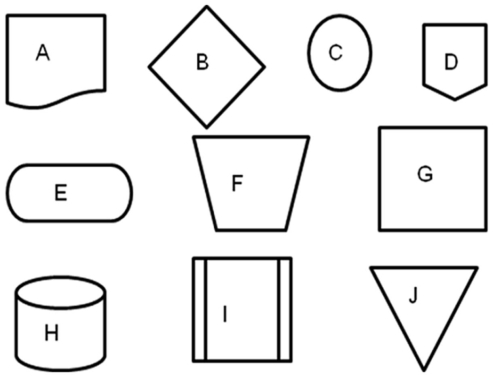Refer to the following case as you respond to the question: The Celebration Theatre is a small, independent theatre that puts on 12 plays per year.30 days before the start of each calendar quarter, Celebration prepares advertising for the productions in the upcoming quarter.They advertise on their web site, via e-mail to their season subscribers and via direct mail and brochures to others.Patrons can buy tickets for a single play; alternatively, they can subscribe to all three plays each quarter.Quarterly subscriptions offer a 25% discount from the prices of single tickets.Patrons may purchase tickets over the phone, at the box office or via the theatre's web site.All tickets are held at the box office where they can be picked up as early as one week prior to the performance.The theatre has an "open seating" plan, so patrons do not reserve a specific seat at any performance.If tickets are purchased in person at the box office, non-subscribers may pay with cash or a major credit card; subscribers can pay with cash, major credit card or check.All tickets purchased over the phone or via the web site must be paid for with a major credit card.Celebration maintains an electronic database to track all ticket sales; paper tickets are printed at least ten days prior to a performance.Any paid tickets that are not claimed at least thirty minutes prior to the performance are sold on a "first-come, first-serve" basis at a 50% discount.  Refer to the previously presented set of flowcharting symbols labeled Symbol A through Symbol J.Which of the following is most likely to be represented with Symbol I?
Refer to the previously presented set of flowcharting symbols labeled Symbol A through Symbol J.Which of the following is most likely to be represented with Symbol I?
Definitions:
Poisson Random Variable
A type of random variable that represents the number of events occurring in a fixed interval of time or space, under the condition that these events happen with a known constant mean rate and independently of the time since the last event.
Probability Distribution
A probability distribution is a statistical function that describes all the possible values and likelihoods that a random variable can take within a given range.
Occurrences
Occurrences refer to the instances or events of something happening or being present in a particular context or dataset.
Poisson Distribution
A probability distribution that expresses the probability of a given number of events happening in a fixed interval of time or space, assuming these events occur with a known constant mean rate and independently of the time since the last event.
Q3: Consider the following partially completed flowchart as
Q4: When using QuickBooks, sales tax is:<br>A)Calculated manually
Q5: All of the following would be used
Q24: Consider the following statements as you respond
Q27: A firewall is an example of which
Q27: To print multiple checks at one time,
Q28: BLP Company is a consulting firm with
Q38: Carlos is the vice president of finance
Q54: The text discussed five key terms related
Q74: TWR Corporation attempted to implement its first